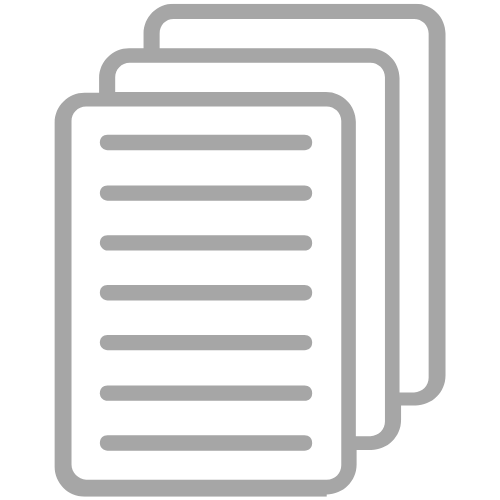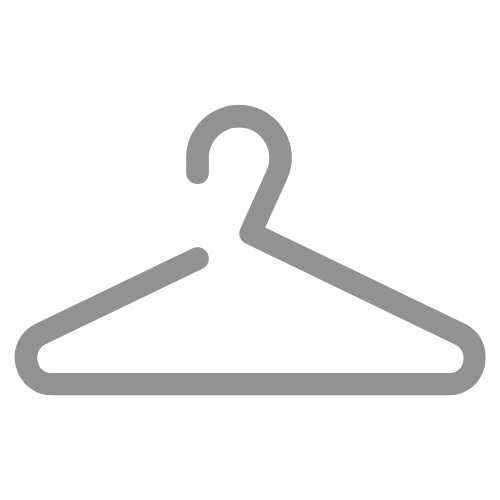Your full employment history won’t matter to every employer. But for the ones that ask for it, you’ll want to make sure it’s accurate. Because, if not, your application could start to appear a little shady. And, you already know, that’s no good!
But what if you’re not 100% sure of all the specific details (dates, titles, addresses, etc.) of everywhere you’ve worked throughout your career? No need to worry!
In this post, I’m going to show you where you can go to find everything you need. On top of that, I’ll show you how to track your employment history so you never run into this problem again. And, then, I’ll answer a common question about the ideal amount of work history to put on your resume.
But before we dive into those topics, let’s make sure you know why it’s important to keep track of all this information in the first place!
Why It's Important To Keep Track Of Your Employment History
You already have at least some of your employment history on your resume. So, why would employers ever even ask you for this? Simple. Because people lie on their resumes.
According to a ResumeLab survey, 36% of Americans admit to lying on their resume. And they did so mostly because they lacked relevant experience or hadn’t held a job in a while.
As I’m sure you can imagine, employers don’t exactly like finding out about this after they’ve hired you. So, some will ask you for a detailed record of your employment as a way to make their hiring process more thorough and efficient. Essentially, it’s part of a background check on you and your qualifications.
And inconsistencies between what you list and what employers find on their own, using employment history verification services, will not look good. So, you need to make sure you’re keeping track of everything or know where to find the correct information.
How To Keep Track Of Your Employment History
There are multiple places you can look to find your personal employment history. But none of them will compare to having a record of your own.
That’s why I recommend you create some sort of master document that lists everything you’ve done in your career up to now. This could be in the form of an extensive version of your resume, a professional brag sheet, or even your LinkedIn profile. How it looks doesn’t matter as much as it just existing in the first place.
Because if you don’t have it and a potential employer asks for it, you’ll need to hunt it down using one or more of the resources below.
Where To Find Your Work History
Social Security Administration. Part of every paycheck you’ve ever gotten has gone towards your social security benefits. So, the Social Security Administration has a social security employment history for you as well. To get a copy, you just need to pay a small fee, fill out a “Request For Social Security Earning Information” form, and send it in.
Internal Revenue Service (IRS). With every job, you’ve also had to file taxes. You can either use copies of those tax returns or W2 forms to get accurate dates, company names, and addresses of past employers. If you don’t have a copy of those forms readily available, you can request copies of your old tax returns by completing a Form 4506.
Credit Reports. You may not be able to find everything on your credit report. But, sometimes, you’ll be able to find old employment information you shared when applying for credit. You can check your credit report for free once per year at annualcreditreport.com.
Human Resources at Previous Employers. If you just need help remembering your exact dates of employment at old jobs, you can try reaching out to the human resources department. They most likely have a log of the company’s history of employees and should have no problem giving you the information you need.
Old Resumes. You probably have all of your employment information saved on old resumes. They just might be scattered throughout your email inbox, hard drive, or something digital like Google Drive. Sometimes all it takes is a little digging in these places to find an accurate record of your employment. If so, you won’t need to fill out forms, pay fees, or send any emails.
How Far Back Should My Resume Go?
Remember, your resume and your employment history are not the same things. And that’s good news. Why? Because it means that if an employer only asks for a resume, you can stick to familiar advice on how to write a resume.
You know what I mean, right? Rather than listing every job you’ve ever had on your resume, only include the ones that are relevant to the job at hand in the resume’s work experience section.
Ideally, you’ll be able to fit everything onto one page. For examples of how that might look and a quick way to build an attractive resume, check out these free resume templates!
Final Thoughts
You won’t need to give a complete record of your employment history to every potential employer. But for the ones that ask for it, you now know where to look.
And, even if you never end up needing one to apply for a job, it’s still a good idea to keep track of it on your own. Think of it as a way to track your progress. And it can come in handy when you’re preparing for interviews, optimizing your LinkedIn profile, and a whole lot more. So, keep a record and always be prepared!



























